The Strad’s staff writer Rita Fernandes discovers the Met’s string instrument collection in its many forms! Check out her photos of the extensive collection and learn more about some of the instruments below
Discover more lutherie articles here
The Metropolitan Museum’s over 5,000-strong collection of instruments is as varied as it is extensive. And while, like most other major museums, only a small portion of the the New York institution’s whole collection is on public display, the number of stringed instruments on view at the Met is remarkably high. Here is but a selection on offer, from Stradivaris and Amatis, to pochette violins and Hardanger fiddles. Scroll the photos from my visit above, and then read below to learn a little more about each instrument (and maybe a few paintings too…)
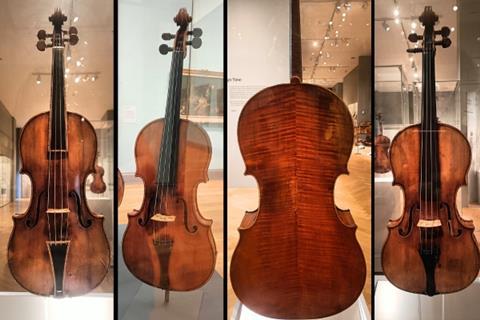
Instruments by Antonio Stradivari
The museum has four instruments by Antonio Stradivari: three violins and one cello. They are all on public display. In chronological order, there is firstly the 1693 ‘Gould’ violin, which sports a two-piece maple back with a tight flame and a two-piece spruce top with an orange-brown varnish. It is the only Stradivari violin that has been returned to a Baroque setup and that is regularly used for performance of period repertoire.
Next is the 1694 ‘Francesca’ violin. Like the ‘Gould’, it was built according to Stradivari’s ‘long pattern’, which was used in the 1690s and abandoned in 1700. It is even possible that both violins’ backs were made from the same tree. Then comes the 1711 ‘Antonius’ violin, which was made during the maker’s ‘Golden Period’ and is based on Nicolò Amati’s ‘grand pattern’. And finally, the 1714 ’Batta-Piatigorsky’ cello, which is considered one of the greatest surviving ‘Forma B’ cellos. It is named after cellists Alexandre Batta and Gregor Piatagorsky.
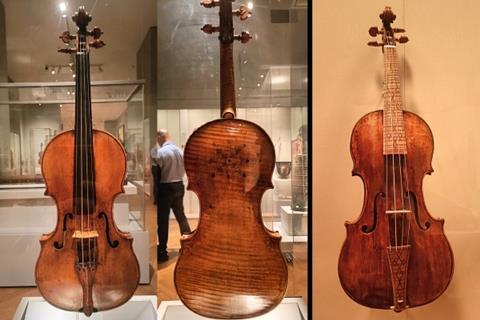
Violins by the Amatis
Two Amati violins are on view, made by grandfather and grandson duo Andrea and Nicolò. The first is Andrea Amati’s ex ’Kurtz’ c.1560 violin. It is decorated with the Latin couplet ’Quo unico propugnaculo stat stabiq[ue] religio’ (By this bulwark alone religion stands and will stand) on its ribs, has a fleurs-de-lis on its back’s corners, and a geometric design with floral ornamentation between the upper bouts. Nicolò Amati’s 1669 violin is also decorated, with ’PREMIER PRIX [DÉ]CERNÉ á PAUL JULIEN CONSERVATOIRE NATIONAL DE M[USIQUE]’, painted on the ribs.
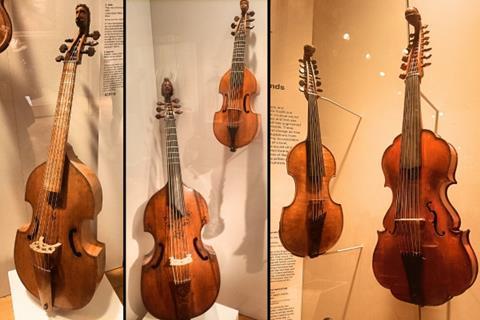
Viols and violas d’amore
The museum also boasts a large display of viols and violas d’amore. Here are just a few. First is a bass viol made in London sometime between 1640 and 1665. It is made of maple, spruce and gut and retains its original neck, fingerboard, tailpiece and bridge. Then comes a beautiful c.1680 bass viol by Richard Meares made in London. It is made of spruce, ebony and maple and can be categorised as a division viol, which is a slightly smaller bass viol designed for virtuosic playing. And finally, a 1730 treble viol made in Toulouse, France.
In the viola d’amore collection there is a mid-18th-century mute viola d’amore made in Vienna by Daniel Achatius Stadlmann. The shallow body gives it a quiet and lean sound, allowing it to be used as a practice instrument. There is also an 18th-century viola d’amore by Johannes Florenus Guidantus from Bologna. It is made of spruce and maple, and comprises both bowed playing strings and sympathetic strings.
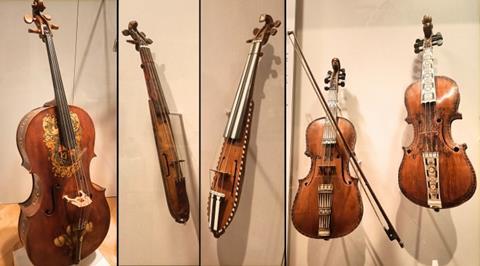
Decorated beauties
A few other notable instruments include William Forster II’s beautifully decorated 1782 ‘Royal George’ cello. The instrument was made for avid cellist George Frederik, prince of Wales, and is emblazoned with the royal coat of arms.
Then, two pochette violins: an 18th-century French pochette violin with a striped fingerboard and tailpiece, and a 17th-century German pochette violin with a subtly patterned fingerboard and tailpiece. The pochette violin was used during dancing lessons in aristocratic homes. Their small design made them easy to transport, hence the name ‘pochette’ (poche being ‘pocket’ in French), as it could be carried in a pocket. Decorated pochettes were often also seen as art objects in their own right.
The museum has seven Norwegian Hardanger fiddles, here are two. Firstly, a 1756 Hardanger fiddle attributed to Isak Nielsen (Skaar) Botnen and his son Trond Isaksen Flatebø. It was made in the Hardanger region of Norway and is made of pine, birch, and other woods, bone, lignum vitae and mother-of-pearl inlay. Then a 1786 Hardanger fiddle also crafted in Norway, made of wood, mother-of-pearl, ebony and bone.

Paintings
The Metropolitan Museum is probably most well-known for its extensive art collection. And as I got (literally) lost in its endless galleries, I was pleased to see some string playing included here too! Firstly, a 1888 painting by French painter Auguste Renoir entitled The Daughters of Catulle Mendès, Huguette (1871–1964), Claudine (1876–1937), and Helyonne (1879–1955). The girls’ bohemian parents – a poet and pianist – were known entities in social circles, and Renoir undoubtedly counted on this to gain attention himself.
Next, the c.1879 painting The Dance Lesson, by French painted Edgar Degas, made with pastel and black chalk on wove paper. It depicts a young girl being accompanied by a violinist during her dance lesson. In a fitting connection between the two works, this painting was bequeathed to Renoir in 1894.
Read: Amati five-string cello bought by New York museum
Read: US National Music Museum begins reopening project
Discover more lutherie articles here
An exclusive range of instrument making posters, books, calendars and information products published by and directly for sale from The Strad.
The Strad’s exclusive instrument posters, most with actual-size photos depicting every nuance of the instrument. Our posters are used by luthiers across the world as models for their own instruments, thanks to the detailed outlines and measurements on the back.
The number one source for a range of books covering making and stringed instruments with commentaries from today’s top instrument experts.
The Canada Council of the Arts’ Musical Instrument Bank is 40 years old in 2025. This year’s calendar celebrates some its treasures, including four instruments by Antonio Stradivari and priceless works by Montagnana, Gagliano, Pressenda and David Tecchler.























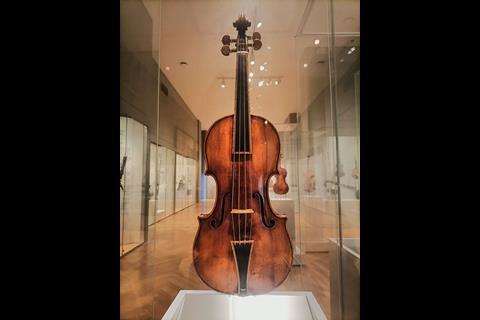
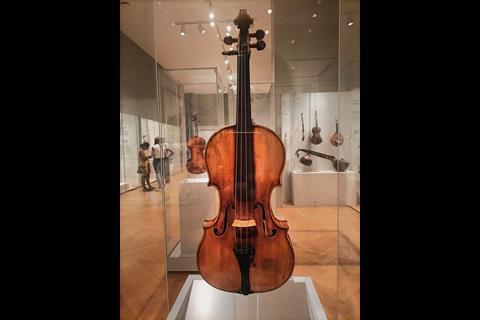

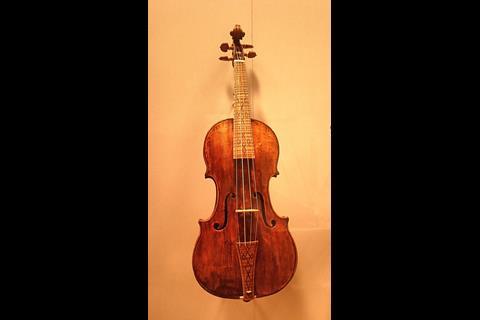
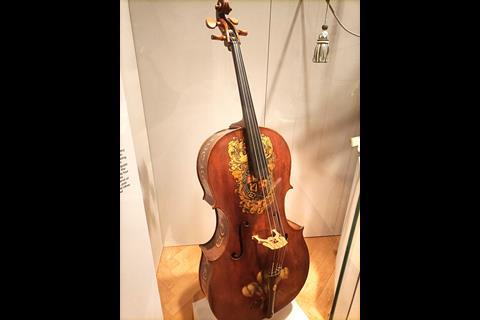
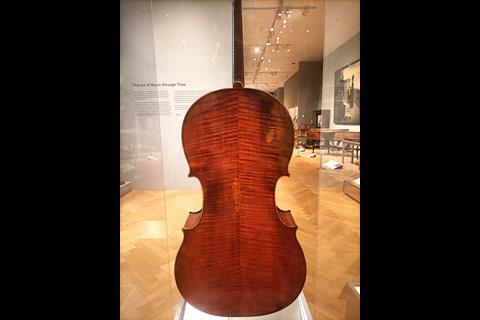


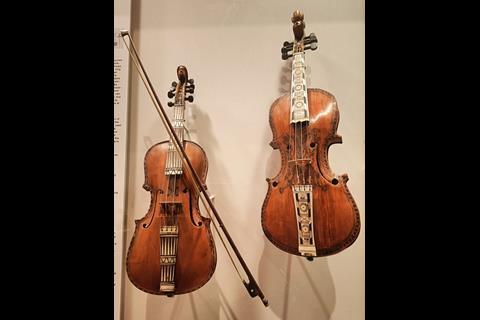
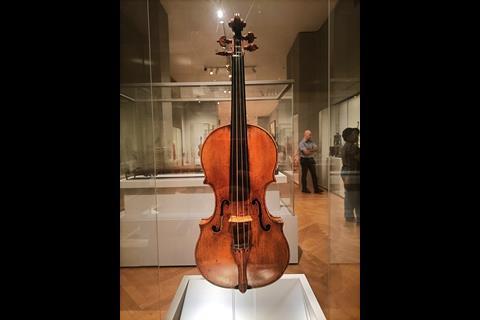
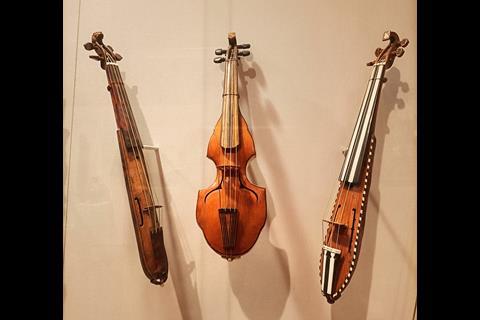



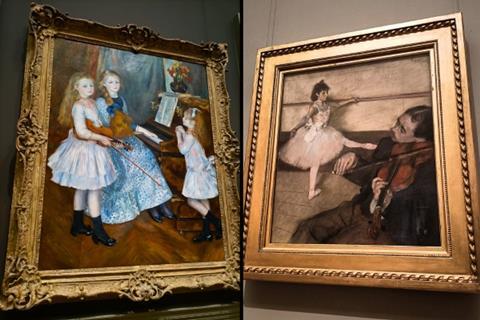
























No comments yet